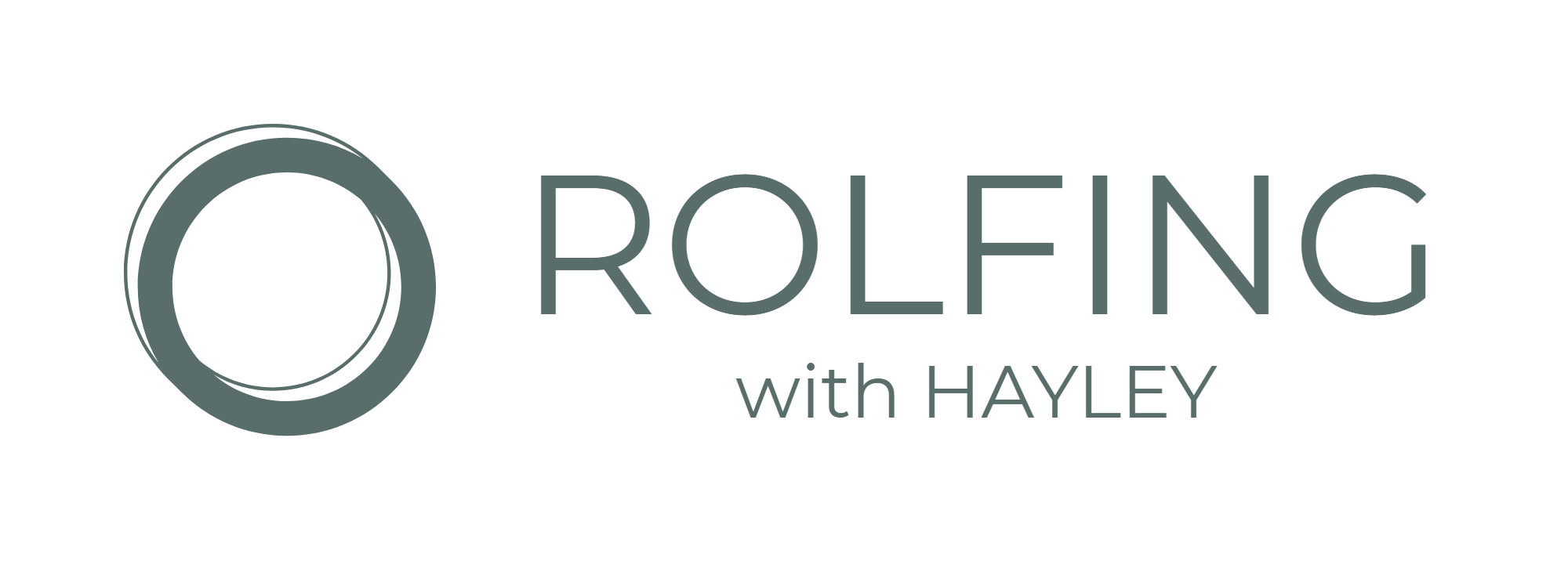Address a Frozen Shoulder
with the fascia science of Rolfing©
What is happening when we get a frozen shoulder?
A flexible capsule filled with fluid protects the joint at the top of the arm, where the upper arm bone meets the collar bone, at the front of your shoulder. The capsule is surrounded by ligaments that connect the bones together, tendons that the attach muscles to the bones, and fluid-filled sacs. A shoulder is "frozen" when this capsule, and sometimes the surrounding tendons, ligaments and muscles contract and stiffen. Scar tissue (adhesions) may also form between the capsule and arm bone.
how does rolfing© work with frozen shoulders?
Rolfing is a physical therapy. Rolfers will use touch to free the frozen shoulder. Working in the fascia (the connective tissue) to loosen the layers and bring mobility.
A Rolfer will also bring your frozen shoulder into a holistic consideration of your whole body and posture. It is likely we will begin work elsewhere in the body, to provide you with the foundations, stability and flow to let go at the shoulder.
With movement instruction we will also address how your posture in sitting, standing and walking could change, to help prevent a re-occurrence and bring you more ease generally.
how does rolfing© work?
The underlying principle of Rolfing is that injuries, poor movement habits, stress and chronic conditions cause the fascia to stiffen and or migrate away from its most easeful place in the body.
Fascia is the tough, densely woven, supportive connective tissue which spreads continuously throughout the body in a three dimensional web.
Rolfing is designed to loosen the fascia and re-organise it when it has migrated out of place. Resulting in a freedom in muscle movement, the unlearning of painful or stuck patterns, and the undoing of misuse and injury.
This is done through touch and by re-organising the posture.
Article by Certified Rolfer Hayley Matthews, who runs Rolfing clinic in London, Norfolk and Essex.



